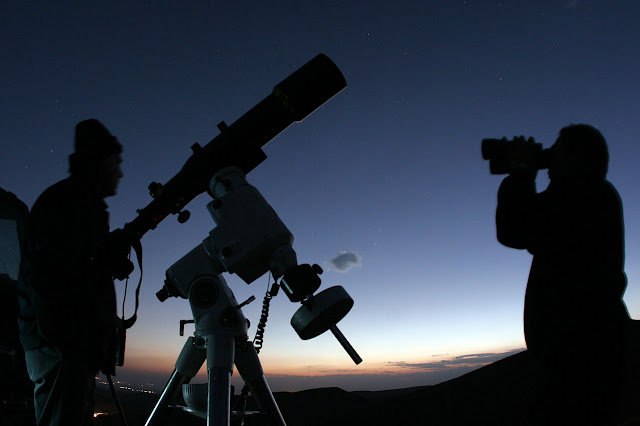
International team of astronomers has made the first-ever gamma-ray measurements of a gravitational lens – a type of natural telescope formed when a rare cosmic alignment permits the gravity of a massive body to bend and intensify light from a more distant source — using NASA’s Fermi observatory.
This achievement unlocks new avenues for research, including a unique way to probe emission regions close to supermassive black holes. In addition, it may even be conceivable to discover other gravitational lenses with data from the Fermi Gamma-ray Space Telescope.
“We began thinking about the possibility of making this observation a couple of years after Fermi launched, and all of the pieces finally came together in late 2012,” said Teddy Cheung, lead scientist for the discovery and an astrophysicist at the Naval Research Laboratory in Washington.
In September 2012, Fermi’s Large Area Telescope (LAT) identified a string of bright gamma-ray flares from a source called B0218+357, located 4.35 billion light-years from Earth in the direction of a constellation called Triangulum. These powerful flares, located in a known gravitational lens system, delivered the key to accomplishing the lens measurement.
Astronomers categorize B0218+357 as a blazar, which is a type of active galaxy well known for its strong emissions and erratic behavior. At the blazar’s core is a supersized black hole with a mass millions to billions of times that of the sun. As material spirals toward the black hole, some of it discharges outward as jets of particles traveling near the speed of light in opposite directions.
The incredible brightness and variability of blazars result from a chance alignment that brings one jet almost directly in line with Earth. Astronomers can look down the barrel of the jet, which greatly increases its apparent emission.
Although radio and optical telescopes can resolve and monitor the individual blazar images, Fermi’s LAT cannot. So, the the Fermi team leveraged something known as a “delayed playback” effect.
“One light path is slightly longer than the other, so when we detect flares in one image we can try to catch them days later when they replay in the other image,” said team associate Jeff Scargle, an astrophysicist at NASA’s Ames Research Center in Moffett Field, California.
According to the team, the most electrifying result would be the LAT’s detection of a playback delay in a flaring gamma-ray source yet to be identified as a gravitational lens in other wavelengths.
0 comments:
Post a Comment
please leave your opinion about his blog ,
this will help us to give some more quality information.